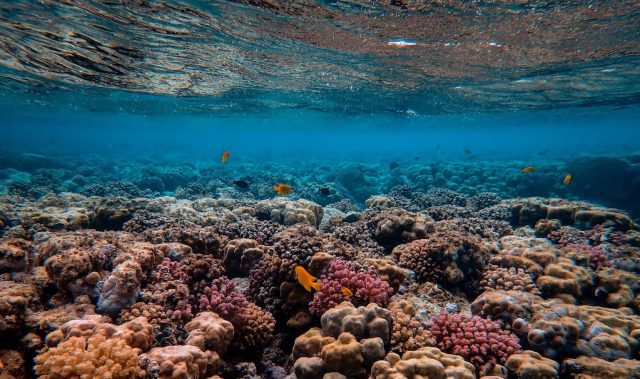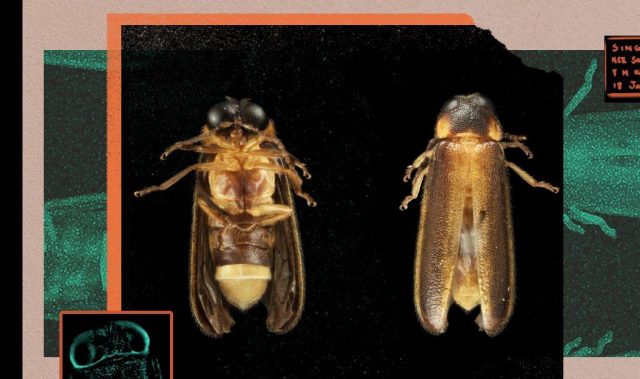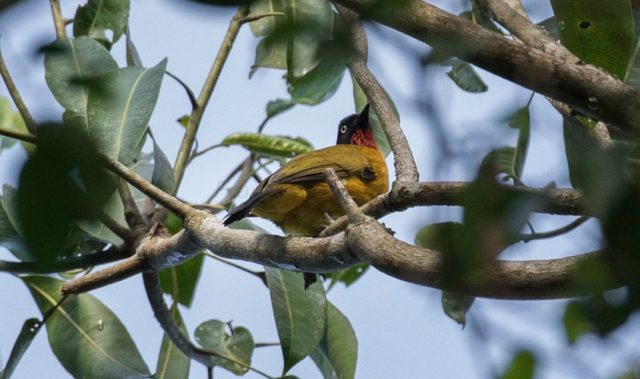
AsianScientist (Jul. 21, 2015) – A study published in Nature Communications shows that as the fish diversity of complex marine food webs declines, fish production resists the change, masking the biodiversity loss.
Fish are a main protein source for over a billion people worldwide and is one of the most traded food commodities. However, many commercial fisheries have become unsustainable due to practices such as overfishing and habitat destruction.
A study conducted by the National University of Singapore (NUS), Queen’s University Belfast (UK), the Marine Institute (Ireland), and the Center for Environment, Fisheries and Aquaculture Science (Cefas, UK), using a realistically complex mathematical model of fish ecosystems, found that as the fish diversity of complex marine food webs declines, the remaining fish species initially resist the change by compensating with an increase in production.
This resistance to change in wild fish ecosystems may be masking a more serious decline in production potential in situations where biodiversity loss is already reported, posing the danger of providing a false sense of assurance until the biodiversity losses become too great.
The team led by Dr. Tak Fung, a post-doctoral Research Fellow from the Department of Biological Sciences at the NUS Faculty of Science, used a unique high performance mathematical model known as the Population-Dynamical Matching Model (PDMM) to represent thousands of coexisting species dynamically interacting as a food web in a complex ecosystem.
Their model allows the representation of features such as prey-switching, where predators preferentially target prey species in abundant supply in order to improve their chances of survival, and gradual assembly of a model food web similar to the natural process. Such detailed features encourage dynamic stability and coexistence of many model species, as well as accurate representation of real food webs.
The team sequentially deleted fish species from complex model marine ecosystems generated using the PDMM and after each deletion, observed the dynamics of the remaining fish species and measured the change in total fish production.
The study results showed that the prey of the deleted fish species tended to resist the biodiversity loss by increasing their production, which helped to mitigate the decrease in total fish production. However, once the biodiversity losses became too great and only about a third of the species in a food web remained, a collapse ensued whereby production sharply declined with further species loss, as the relatively small percentage of remaining species were unable to provide much compensation.
Due to the initial resistance to change, in situations where biodiversity loss has already been reported, any continued high production levels in wild fish ecosystems may be masking a more serious non-linear decline in production potential, severely threatening the world’s food security.
The findings show that it is vital to manage fisheries within the larger ecological context and that action to halt species loss may avert severe loss of production.
The team plans to use the model to further investigate the relationships between biodiversity and ecosystem functioning in order to allow for more informed management of fisheries.
The article can be found at: Fung et al. (2015) Impact of Biodiversity Loss on Production in Complex Marine Food Webs Mitigated by Prey-Release.
———
Source: National University of Singapore; Photo: Sterling College/Flickr/CC.
Disclaimer: This article does not necessarily reflect the views of AsianScientist or its staff.












